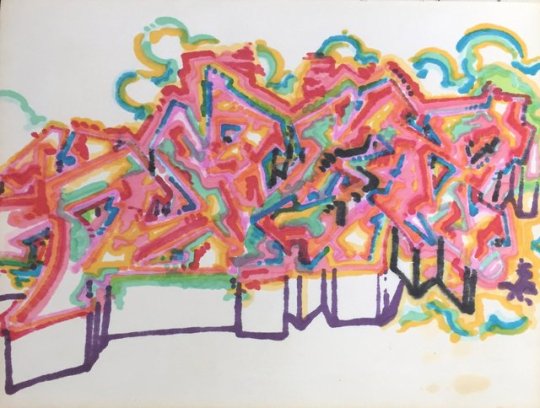#Min1
Explore tagged Tumblr posts
Text
1 note
·
View note
Photo


it’s winterfest morning, but what’s this? opal is running away!
#mine*#ts4#sims 4#min1#min legacy#ts4 legacy#bitch !!!!!!!#does that look like an unhappy cat to you???? no!!!#shes just an attention seeker!!!!#bastard!!!!!!!
11 notes
·
View notes
Photo

Min one
https://sketchordie.tumblr.com/post/185082065347/min-one
11 notes
·
View notes
Text
youtube
1 note
·
View note
Audio
(_Min1_) MIN! TÁ NO MIC
2 notes
·
View notes
Audio
(_Min1_) Checa já a Playlist “Singles” by Min1 no SoundCloud,
1 note
·
View note
Photo




it’s officially winter 💖 oliana had never seen snow until she moved to the bay, which says a lot about her snowman making skills...
7 notes
·
View notes
Photo




[transcript]
oliana: hey, wait a sec... did you just say i love you???
hae-won: oh shit
hae-won: haha, i think... i think i did?
oliana: i love you too.
7 notes
·
View notes
Photo




[transcript]
oliana: too much?
hae-won: never. if you’re not ready to tell them, it’s okay. i can wait.
oliana: are you sure?
hae-won: as long as you need. but you don’t need to hide yourself from me. i get it, family is complicated. but you’re not a disappointment.
oliana: but i’m not-
hae-won: you’re exactly who you’re supposed to be. that’s why i love you.
9 notes
·
View notes
Photo






[transcript]
hae-won: come on! hurry up! i wanna get to the top!
oliana: haha, okay, okay, i’m coming! jeez, how are you so fast?
hae-won: wow... it’s beautiful.
oliana: isn’t it? it’s my favorite part of the bay. reminds me of home.
hae-won: do you miss sulani?
oliana: yeah, i do, i guess. i don’t know. it’s complicated.
hae-won: try me.
oliana: it’s my home, you know? it’s just my parents... they don’t really understand. they expect so much of me, but i just disappoint them. they don’t even know about us. it’s like... the islands mean everything to them. i just wish it didn’t come at the expense of my happiness.
#ts4#sims 4#min1#min legacy#ts4 legacy#mine*#sorry for allll that dialogue#i just want to serve u the oliana backstory#also dont question the outfit change#i hate my sims sgjsadg
6 notes
·
View notes
Photo




domestic cuteness~
14 notes
·
View notes
Photo




lovebirds... giggling in their sleep (´。• ᵕ •。`) ♡
11 notes
·
View notes
Photo






[transcript]
hae-won: thanks again for the help today!
oliana: anytime, sweetcheeks. you know where to find me.
hae-won: i guess i’ll see you tomorrow...
oliana: sweet dreams, neighbor.
hae-won: unless...
oliana: unless?
hae-won: unless... you want to stay.
oliana: i’d love to.
11 notes
·
View notes


